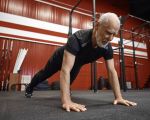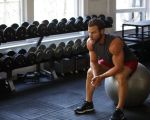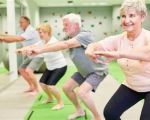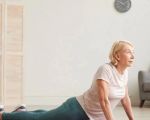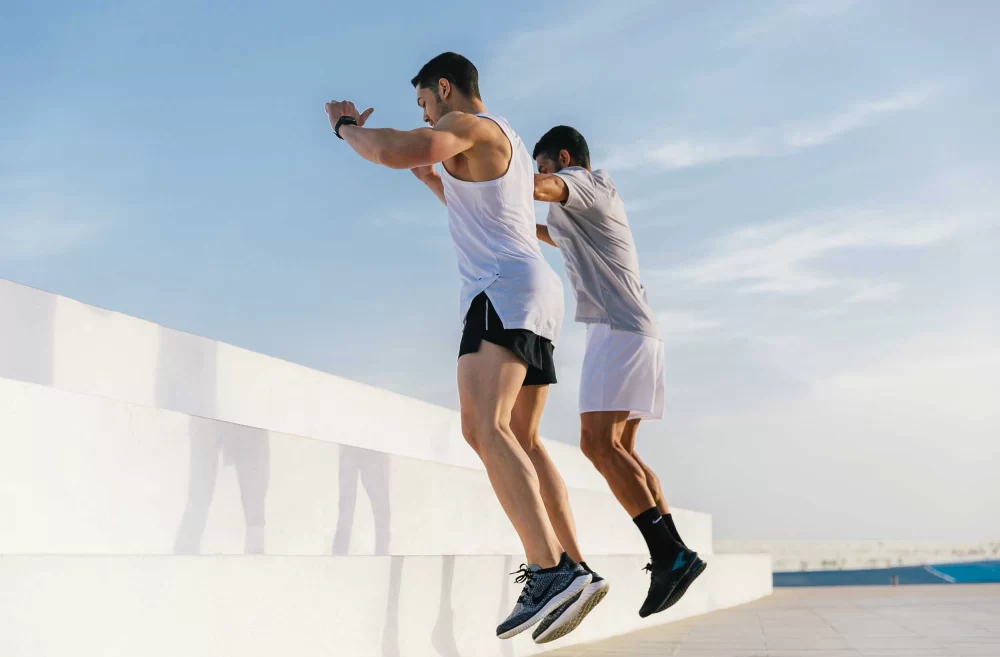
- 1-understanding-balance-and-coordination
- 2-key-benefits-of-balance-and-coordination-training
- 3-effective-gym-workouts-for-enhancing-balance
- 4-progressive-coordination-training-methods
- 5-real-world-examples-and-success-stories
- 6-tips-for-optimizing-your-balance-training
1. Understanding Balance and Coordination
Balance and coordination are fundamental physical skills that impact almost every movement we make. Balance refers to the ability to maintain your body's center of gravity over its base of support, whether static (standing still) or dynamic (moving). Coordination, on the other hand, involves the harmonious functioning of muscles and the nervous system to produce smooth, efficient movements.
Many people underestimate how critical these skills are, not only in sports but also in daily activities. For example, think about the simple act of walking on an uneven surface or quickly reacting to avoid a fall. These rely heavily on well-developed balance and coordination.
Gym workouts for improving balance and coordination often focus on training these systems simultaneously, which results in enhanced body control, injury prevention, and overall athletic performance.
1.1 The Neurological and Muscular Connection
Balance and coordination are governed by a complex interplay between the vestibular system (inner ear), proprioceptors in muscles and joints, and visual input. When you engage in gym exercises that challenge these systems, you strengthen neural pathways and muscle responsiveness, making your movements more precise and controlled.
2. Key Benefits of Balance and Coordination Training
Focusing on gym workouts for improving balance and coordination offers more than just physical gains. Here are several key benefits that make this training essential for everyone:
2.1 Injury Prevention and Stability
Improved balance reduces the risk of falls and injuries, especially important for older adults or athletes recovering from injury. Coordinated muscle activation ensures joints are protected during complex movements.
2.2 Enhanced Athletic Performance
Sports like basketball, soccer, and tennis demand quick directional changes and precise timing. Enhanced balance and coordination translate directly into better performance and agility on the field.
2.3 Better Posture and Functional Movement
Regular balance training supports proper posture and strengthens stabilizing muscles, which helps prevent chronic pain related to poor alignment and repetitive strain.
3. Effective Gym Workouts for Enhancing Balance
Integrating gym workouts designed to improve balance and coordination can be both fun and challenging. Below are detailed exercises that can be performed with minimal equipment, yet yield significant improvements.
3.1 Single-Leg Exercises
Single-leg movements force your body to stabilize on a smaller base of support, enhancing proprioception and muscle control.
- Single-Leg Deadlift: Holding a light dumbbell, hinge at the hips on one leg while extending the other leg behind you. This strengthens hamstrings and challenges balance.
- Single-Leg Squats: Lower your body on one leg, keeping the knee aligned. Use a TRX band or a bench for support if needed.
3.2 Stability Ball Training
Using a stability ball engages core muscles and improves neuromuscular coordination.
- Ball Pass: Lie on your back holding the ball between your feet, pass it to your hands, and lower both limbs alternately. This demands coordinated muscle control and core stability.
- Wall Squats with Ball: Place the ball between your lower back and a wall, then perform slow squats. The ball challenges your balance as you maintain contact.
3.3 Dynamic Balance Drills
These drills improve reactive balance and coordination under movement conditions.
- Lateral Hops: Hop side to side over a low barrier or line, landing softly and maintaining control.
- Agility Ladder Drills: Perform fast footwork patterns through an agility ladder, training timing and spatial awareness.
4. Progressive Coordination Training Methods
Progression is key in gym workouts for improving balance and coordination. Starting with simple exercises and gradually increasing complexity ensures continual adaptation and reduces injury risk.
4.1 Introducing Unstable Surfaces
Begin by performing exercises on stable ground, then progress to balance pads, BOSU balls, or foam rollers to increase challenge.
4.2 Incorporating Multi-Tasking
Add cognitive or physical tasks during exercises to enhance coordination further. For example, juggling light balls while balancing or performing upper-body resistance movements on one leg.
4.3 Increasing Speed and Intensity
Once comfortable, increase the speed of movements or add plyometric elements like jump squats or lateral bounds to train explosive coordination.
5. Real-World Examples and Success Stories
One inspiring story comes from a middle-aged client at Fitness, who struggled with frequent ankle sprains and poor balance. After committing to a personalized gym workout plan focusing on balance and coordination exercises over three months, she regained confidence, dramatically reduced injuries, and even started hiking again.
Her progress highlights how structured balance training not only helps athletes but anyone seeking a healthier, more active lifestyle. Fitness offers tailored programs and expert guidance for those looking to enhance their balance and coordination safely and effectively.
6. Tips for Optimizing Your Balance Training
To get the most from your gym workouts for improving balance and coordination, consider these practical tips:
6.1 Consistency Over Intensity
Regular short sessions can be more beneficial than sporadic intense workouts. Aim to include balance training 3–4 times per week.
6.2 Focus on Form
Maintaining proper technique is critical to avoid injuries and maximize neuromuscular engagement. Use mirrors or trainers to correct your posture.
6.3 Combine with Strength and Flexibility
Balance training works best when combined with strength exercises targeting stabilizer muscles and flexibility routines to maintain joint mobility.
For those interested in optimizing their balance and coordination workouts, visiting Fitness can provide access to the right equipment, coaching, and personalized plans to reach your goals efficiently.




